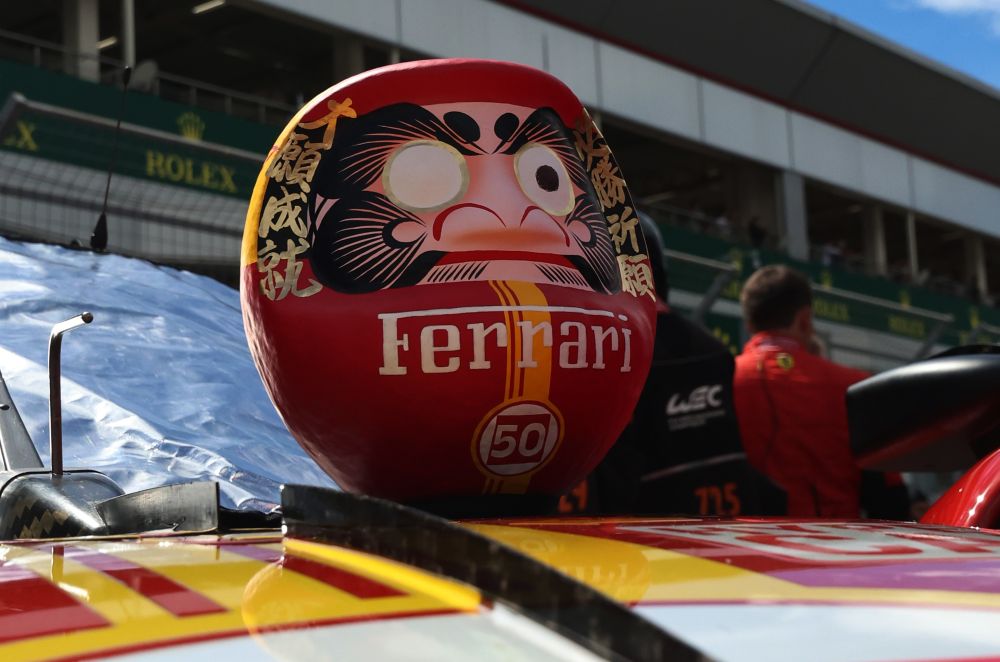
Looking at the Hypercar entry list for the 2025 FIA World Endurance Championship, several things stand out. Aston Martin’s Valkyries have finally arrived, Lamborghini’s SC63 is nowhere to be seen, and Cadillac’s effort has expanded.
However, the biggest change comes in the driver columns. With the majority of the cars in the field now established and improving only via incremental updates, the factory teams are beginning to get creative in pursuit of podiums, race wins and of course, titles.
Some drivers have stepped away, and others have shifted teams or cars within the same team. Factories are also beginning to experiment with smaller, two-driver crews for the full season, exploring the potential performance benefits that consolidating your roster can bring.
Just two of the works teams head into the campaign with identical full-season driver line-ups, reigning Hypercar manufacturer’s champion Toyota and double Le Mans winner Ferrari. And both hope it’s a strategy that will pay off come the end of the season in November.
At Ferrari, in particular, the upcoming season brings with it so much promise. With stability in its driver roster and some key updates focused on reliability for its challenger, this could be the year when it all comes together.
The aims are clear for the new season: win Le Mans for a third straight year and put together a title-winning campaign with its two fac tory cars. Through 2023 and ’24, speed has been there; what was missing was consistency and standout results outside of the “main event” in France for the works-entered 499Ps.
The car has just one win in the shorter races, and that came at Lone Star Le Mans with the third car run by AF Corse. By Ferrari’s lofty standards, that’s not good enough. Thus, tireless work has been ongoing behind the scenes at Maranello ahead of the Prancing Horse’s third year in Hypercar.
Nevertheless, James Calado — who shares the No. 51 499P with Alessandro Pier Guidi and Antonio Giovinazzi — feels the Italian OEM has made the right decision when it comes to its driver strategy.
Rather than shuffle the pack, bring in new faces, or reduce its full-season pool, it has chosen to remain loyal to the six drivers that have been with the program from the start and, lest we forget, delivered two of the brand’s biggest sporting results this century over the past two seasons. On the face of it, that doesn’t seem surprising, but look at Porsche: both Dane Cameron and Andre Lotterer lost their drives last year after winning titles. It’s a cutthroat business at this level.
“I want to stay with what we have for the whole season,” Calado told RACER. “I wouldn’t want anything different. I wouldn’t want someone to miss out and then come back in, and have things change. You’re a team at the end of the day, so for me, it makes sense that we all stay together for the whole year.”
There are pros and cons. A clear plus to trimming down a driver line-up for the shorter races (beyond the obvious cost-saving element!) is an individual increase in track time and perhaps less compromise on car setup.
However, physically, it’s tougher for the drivers without a third pair of hands — particularly in more challenging climates — and there are occasions where strategically, having two drivers can be a disadvantage.
It’s also worth noting that there is a significant level of anxiety in the paddock that the driver market will become significantly more volatile than it already is if more factories begin to experiment further.